15 Car Features We Thought Were The Fanciest Thing In The ’70s

Ah, the 1970s—when cars weren’t just built to get you from point A to point B, they were designed to turn heads while doing it.
It was a decade of bold choices, chrome dreams, and dashboards that looked like spaceship control panels. The auto industry was in full swing, blending style with a sprinkle of groovy innovation. Back then, every new feature felt like a peek into the future.
Think shag carpeting (yes, in your car), opera windows, and 8-track tape players cranking out disco hits as you cruised the boulevard. Whether it was a hidden headlight or a futuristic digital clock, these touches had us feeling like we were behind the wheel of a luxury liner on wheels.
Buckle up and adjust those fuzzy dice—it’s time to roll back through 15 totally cool and slightly quirky car features from the ’70s that made every ride feel first class.
1. Eight-Track Players
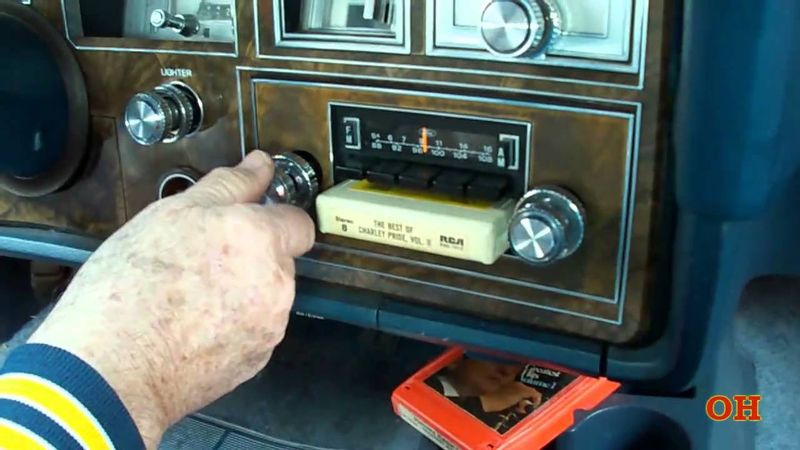
Imagine a time when music wasn’t just played—it was an event! Back in the 70s, the eight-track player was a revolutionary gadget, akin to having a mini-concert hall on wheels. It was the era when you could slide in a chunky cartridge, and your favorite tunes would fill the cabin with rich, analog sound. I remember my dad’s old Chevy, where the eight-track player felt like magic.
The bulky tapes were a bit of a hassle, but the joy they brought was unmatched. It was as if you had a DJ riding shotgun, spinning records just for you. The tactile feel of slotting a tape in and the satisfying click when it started playing was pure joy.
Today, it might seem like a relic, but back then, it was a status symbol. You weren’t just driving; you were conducting a symphony.
Fun fact: some eight-tracks were known to switch tracks midsong, a quirky feature that made every listen a surprise!
2. Swivel Seats
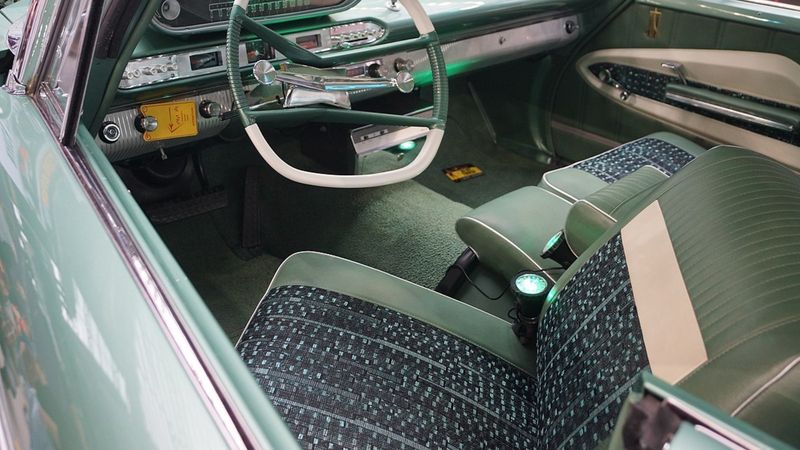
Talk about a twist on tradition! Swivel seats were the bee’s knees for anyone who wanted to add a little flair to the act of getting in and out of their vehicle. These rotating wonders made entering and exiting the car as smooth as a dance move. I remember my aunt’s car where the swivel seat felt like an invitation to a secret club.
It was like having your own mechanical butler assisting you into the driver’s seat. The seats were a marvel of engineering, making mundane tasks feel like a red-carpet event. The thrill of spinning around to face your passengers was a novelty that never lost its charm.
Though they’ve spun out of fashion, those who experienced them still cherish the memory. It was less about the practicality and more about the dramatic flair—a true 70s touch!
3. Vinyl Roofs
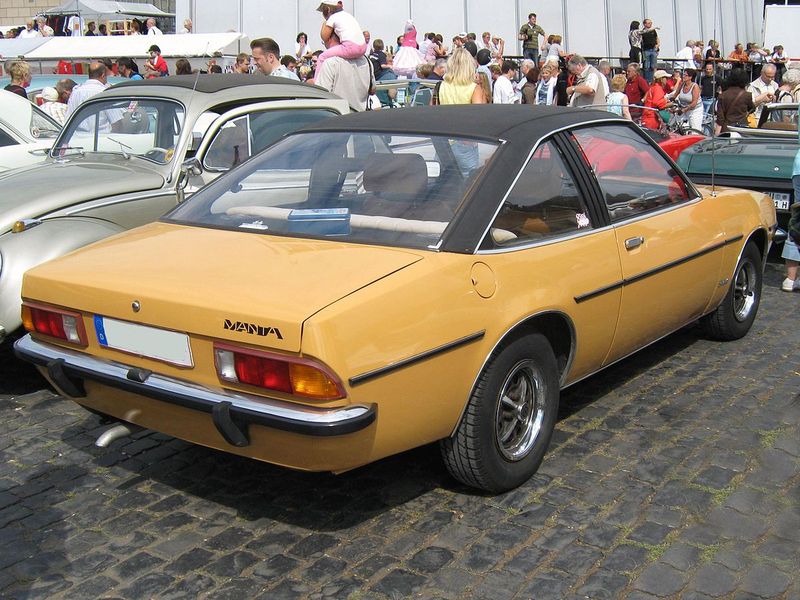
Vinyl roofs were all the rage, adding a sophisticated touch to otherwise ordinary cars. It was like giving your vehicle a stylish hat, one that screamed elegance and class. I recall my neighbor’s Mustang; the vinyl roof made it look like a celebrity car parked on our street.
These roofs were an aesthetic choice, providing a contrast that made heads turn. The textured surface added a tactile element that gave the car a unique character. It was a love affair with luxury that didn’t require a Hollywood budget.
Though they didn’t offer much in terms of functionality, vinyl roofs sure knew how to make a visual impact. It was all about appearances—rolling down the street with a sense of regal flair. They might be gone, but the legacy of their style endures.
4. Opera Windows
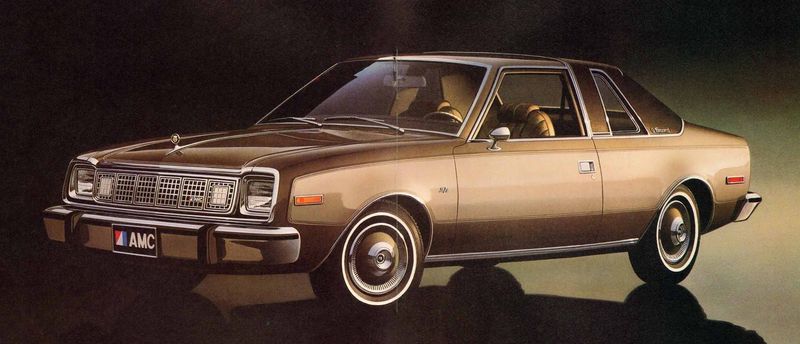
Opera windows added a dash of sophistication to the cars of the 70s, small yet making a big impression. These tiny, rear-side windows were designed to mimic opulent carriages of yesteryear, evoking a sense of aristocracy. I fondly remember staring out of one in my uncle’s Chrysler, feeling like a star in my own right.
Despite their impractical size, they brought a charm that was hard to resist. These windows were more than just a design choice; they were a statement of elegance. It was as if each car was whispering a gentle reminder of its opulent lineage.
Today, they symbolize a time when automotive design was about more than utility; it was about creating a moving piece of art. The opera window was a small detail that offered grand nostalgia.
5. Digital Clocks
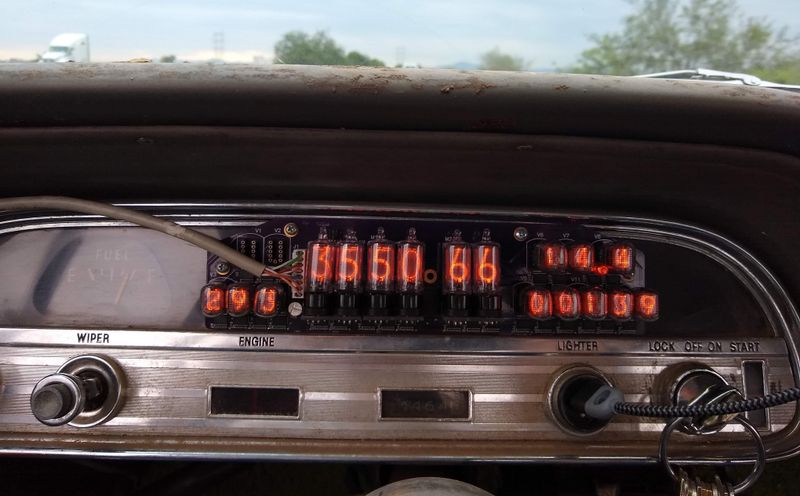
Time to turn back the clock to when digital was dazzling! In the 70s, digital clocks were the epitome of cutting-edge technology. It was like having a piece of the future right there on your dashboard. I remember peering over the backseat to catch the glowing numbers on my dad’s Oldsmobile.
These clocks were a novel feature that turned telling time into a futuristic experience. The LED display was a beacon of modernity among the analog dials. It was an exciting blend of science fiction and everyday life, a glimpse into what was yet to come.
Even though they’ve ticked off into history, digital clocks from the 70s remain a symbol of an era when every little gadget was a gateway to the future. A small, glowing reminder of technological wonder.
6. Landau Bars
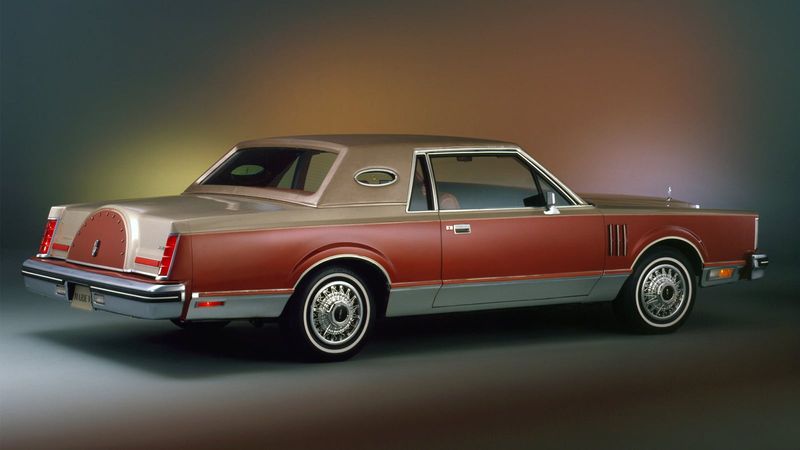
Ah, the landau bar—a detail that brought a touch of regal charm to the 70s automobile. These chrome embellishments were a nod to horse-drawn carriages, adding a historical flair to modern vehicles. I remember seeing them on my cousin’s Lincoln, feeling like we were royalty on a road trip.
These decorations were all about style over substance, transforming ordinary cars into something extraordinary. The bars created an illusion of convertible grandeur, even if the roof was fixed as solid as a rock.
While they may not serve a functional purpose, landau bars still capture the imagination with their nod to tradition and class. For those of us who remember, they are a glint of nostalgia in a chrome-plated package.
7. CB Radios
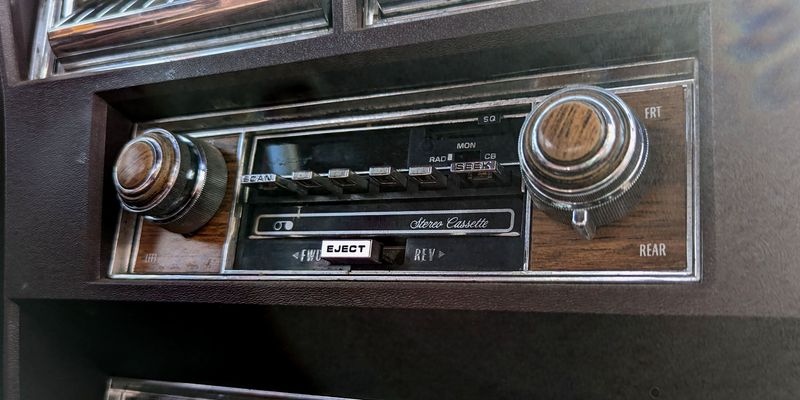
Breaker, breaker! CB radios turned every driver into a long-haul trucker, connecting us to a network of voices across the airwaves. It was social media before the ‘Gram, a way to chat while cruising down the highway. I fondly remember my uncle’s car, where we’d eavesdrop on trucker lingo during family trips.
This gadget was more than just a communication tool; it was an invitation to adventure. The thrill of speaking into the microphone and hearing responses echo through the speakers was unparalleled. Each conversation was a journey, fueled by the romance of the open road.
Though cell phones have taken over the airwaves, CB radios remain a nostalgic reminder of an era when the world seemed both vast and connected. A time when every trip was an opportunity to explore the unknown.
8. Hidden Headlights
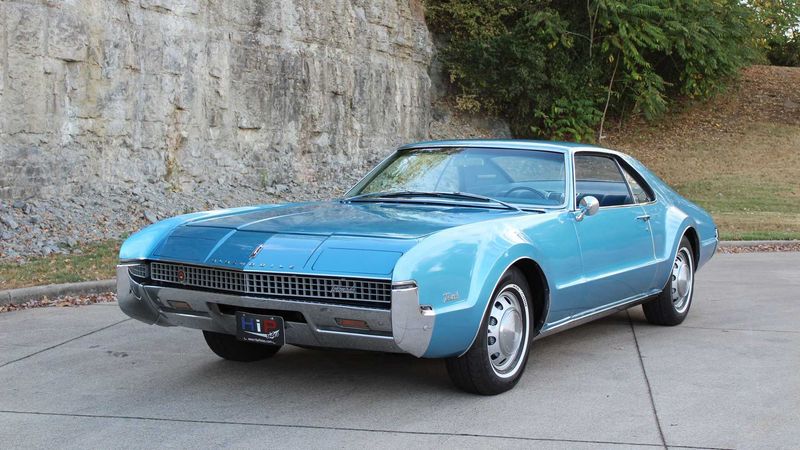
Peek-a-boo, I see you! Hidden headlights were the playful secret of the 70s car scene, adding a dash of mystery to any vehicle. These lights were cleverly concealed, making their grand entrance only when needed. I recall the thrill of watching my dad’s Pontiac’s headlights unveil themselves like a magician revealing a trick.
This feature was the epitome of sleek and stylish automotive design, turning the mundane act of switching on headlights into a theatrical performance. It was a design flourish that turned heads and sparked conversation.
Though modern cars have moved on, the allure of hidden headlights lives on in our memories, a testament to a time when cars were not just machines but performers in their own right.
9. Bubble Windows
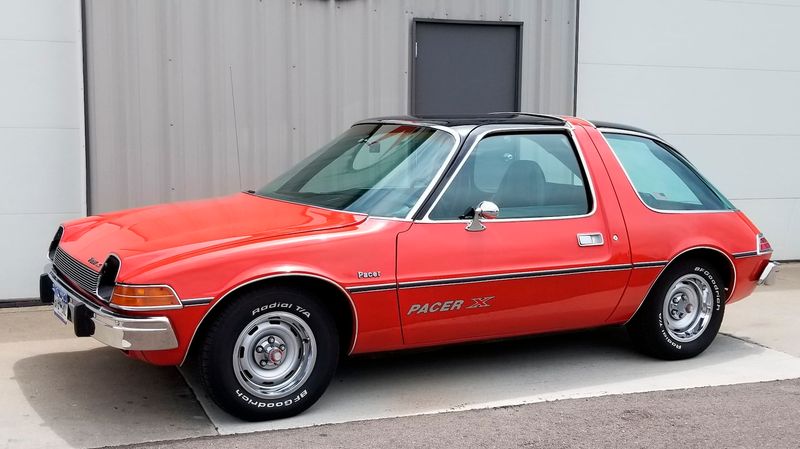
Who needs a spaceship when you have a car with bubble windows? These quirky features gave cars an otherworldly appearance, as if they were ready to take off into the cosmos. I remember gazing out of one during a drive, feeling like a space explorer on a terrestrial mission.
The round, protruding glass offered a unique perspective on the world outside, turning every ride into a panoramic adventure. They were less practical, more fantastical—an ode to the boundless optimism of the 70s.
While they might not have caught on widely, bubble windows remain a cherished symbol of an era driven by dreams and daring designs. A reminder that sometimes, looking different is what makes us special.
10. Wood Paneling
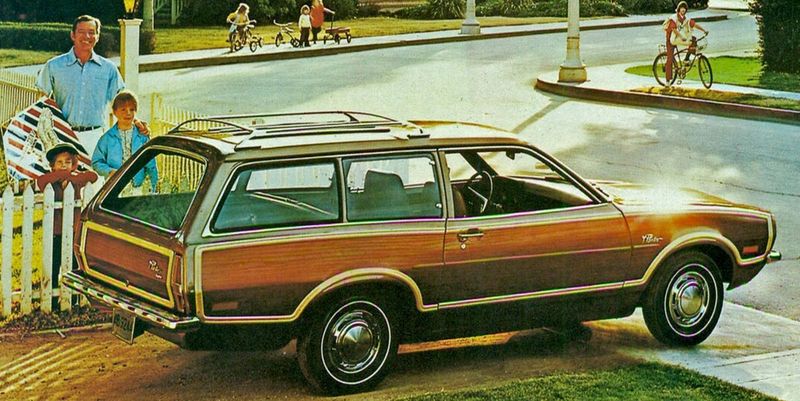
Wood you believe it? In the 70s, wood paneling was the ultimate in car luxury, transforming vehicles into rolling log cabins. The faux-wood finish was a favorite among families, giving even the most mundane station wagons a rustic charm. I recall many road trips in my friend’s family wagon, feeling like pioneers on the move.
The panels added warmth and personality, making cars stand out in a sea of metal and chrome. It was a touch of countryside allure in the heart of suburban life.
True, it wasn’t actual wood, but the illusion was all part of the fun. Today, wood paneling is a nostalgic nod to a time when our imaginations rode shotgun, and every journey was an adventure in style.
11. Padded Dashboards
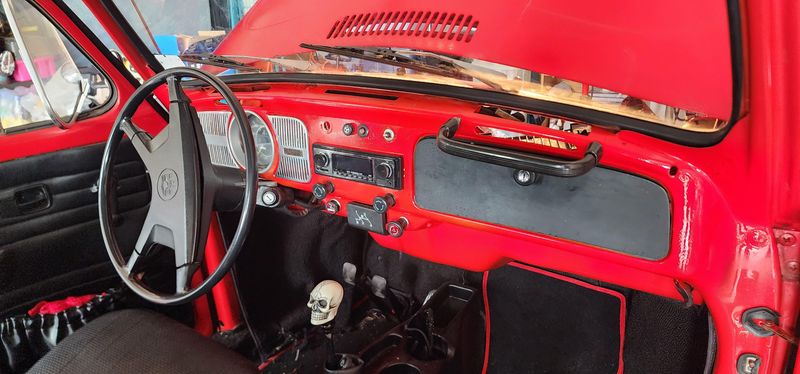
Safety never looked so stylish! Padded dashboards were a hallmark of 70s automotive design, adding a layer of comfort and protection. These soft-touch surfaces were as much about aesthetics as they were about safety. My dad’s Oldsmobile had one, and it felt like a plush cushion ready to embrace us.
The padding was a buffer, both visually and physically, creating a sense of security amidst the metallic landscape of the car’s interior. It was a hug from your car, reassuring you on every drive.
Though dashboards have evolved, the memory of those padded surfaces remains—a symbol of a time when cars were becoming more than just machines, but companions on the road to safety.
12. Cornering Lights
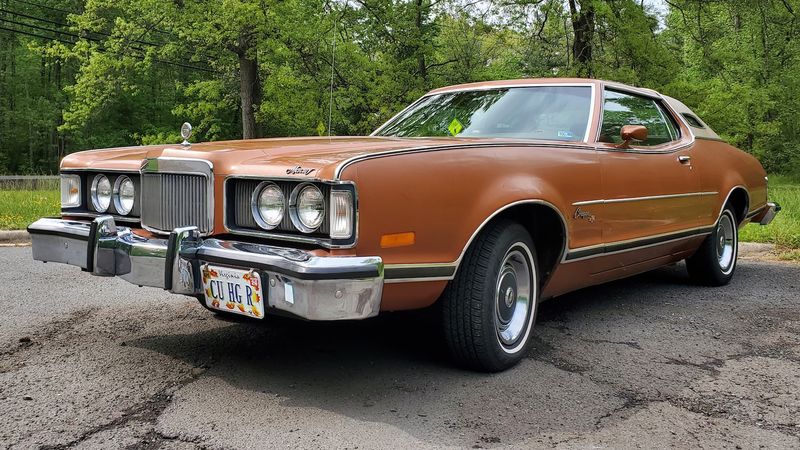
Light up the night! Cornering lights were the unsung heroes of the 70s, shining a light on safety and style. These auxiliary lights activated when turning, illuminating the path ahead. I remember feeling a sense of awe watching them in action during evening drives.
They were like the car’s little helpers, ensuring you never lost sight of where you were headed. It was a clever addition that made nighttime driving feel a bit like a theatrical production, complete with spotlight.
Today, modern technology has taken over, but the charm of cornering lights remains—a beacon of innovation that lit the way for future advancements. A reminder that sometimes, the smallest features make the biggest impact.
13. Automatic Seatbelts
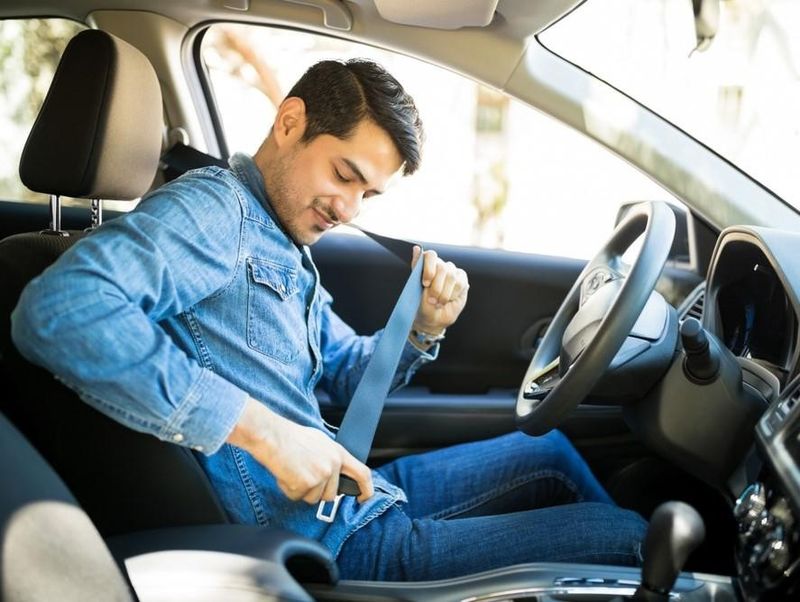
Buckle up, 70s style! Automatic seatbelts were an attempt to marry convenience with safety, offering a hands-free approach to securing oneself in a car. These early versions operated with a motorized mechanism that wrapped the belt around you as you buckled in. I remember the surprise of these belts in my uncle’s car, feeling like a gentle robot was offering a hug.
It was a futuristic idea that was ahead of its time, blending science fiction with practical life. The sound of the mechanism was a comforting hum, a promise of protection as you hit the road.
While the technology has evolved, automatic seatbelts from the 70s remain an adventurous attempt to innovate, transforming a routine task into a memorable experience.
14. Pop-Up Sunroofs
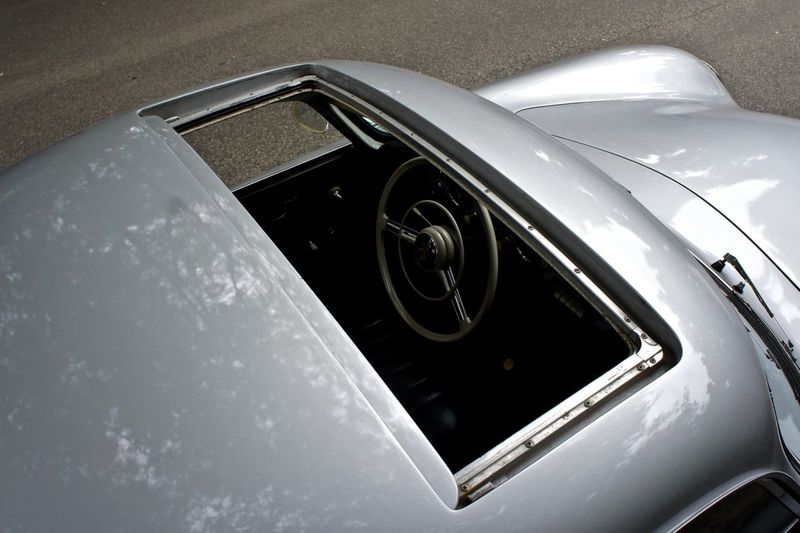
Let the sunshine in! Pop-up sunroofs were the perfect way to enjoy a sunny day while cruising in style. These manually-operated openings added a breath of fresh air to any drive. I remember the thrill of pushing up the sunroof in my friend’s dad’s car, feeling the rush of wind and the kiss of sunlight.
The simplicity of the mechanism was all part of the charm, turning an ordinary drive into an open-air adventure. It was like bringing a slice of convertible life to even the most mundane cars.
Though modern sunroofs have become more complex, the pop-up versions of the 70s are a nostalgic reminder of carefree days and wind-swept journeys. A simple delight that never goes out of style.
15. Sports Car Spoilers
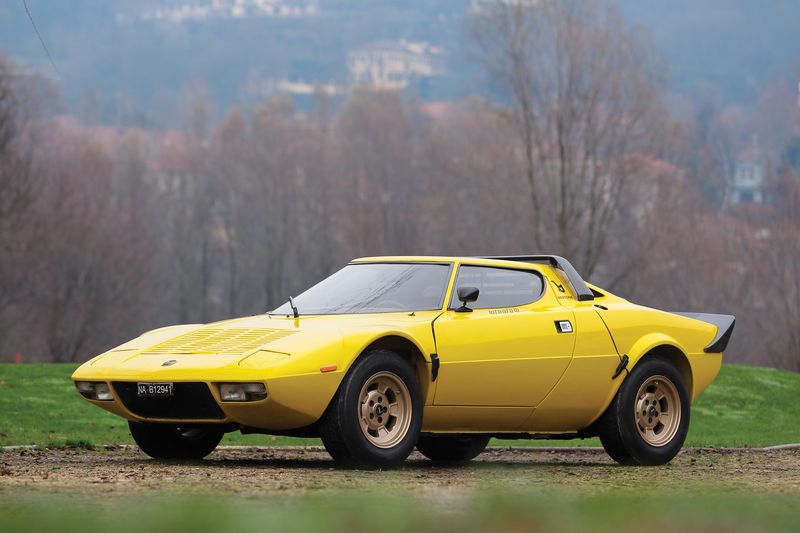
Spoiler alert—it was all about speed and style! In the 70s, spoilers were the hallmark of a true sports car enthusiast. These aerodynamic additions not only promised enhanced performance but also delivered a visual punch. I recall my cousin’s Camaro with a spoiler, making it look ready for a race even when parked.
The spoiler was the cherry on top of a performance sundae, adding flair and function. It was a statement of intent, a nod to the racetrack on everyday roads.
While modern spoilers have evolved, those from the 70s remain a testament to a time when cars were an expression of personality and power. A throwback to when driving was as much about making an entrance as it was about reaching a destination.
